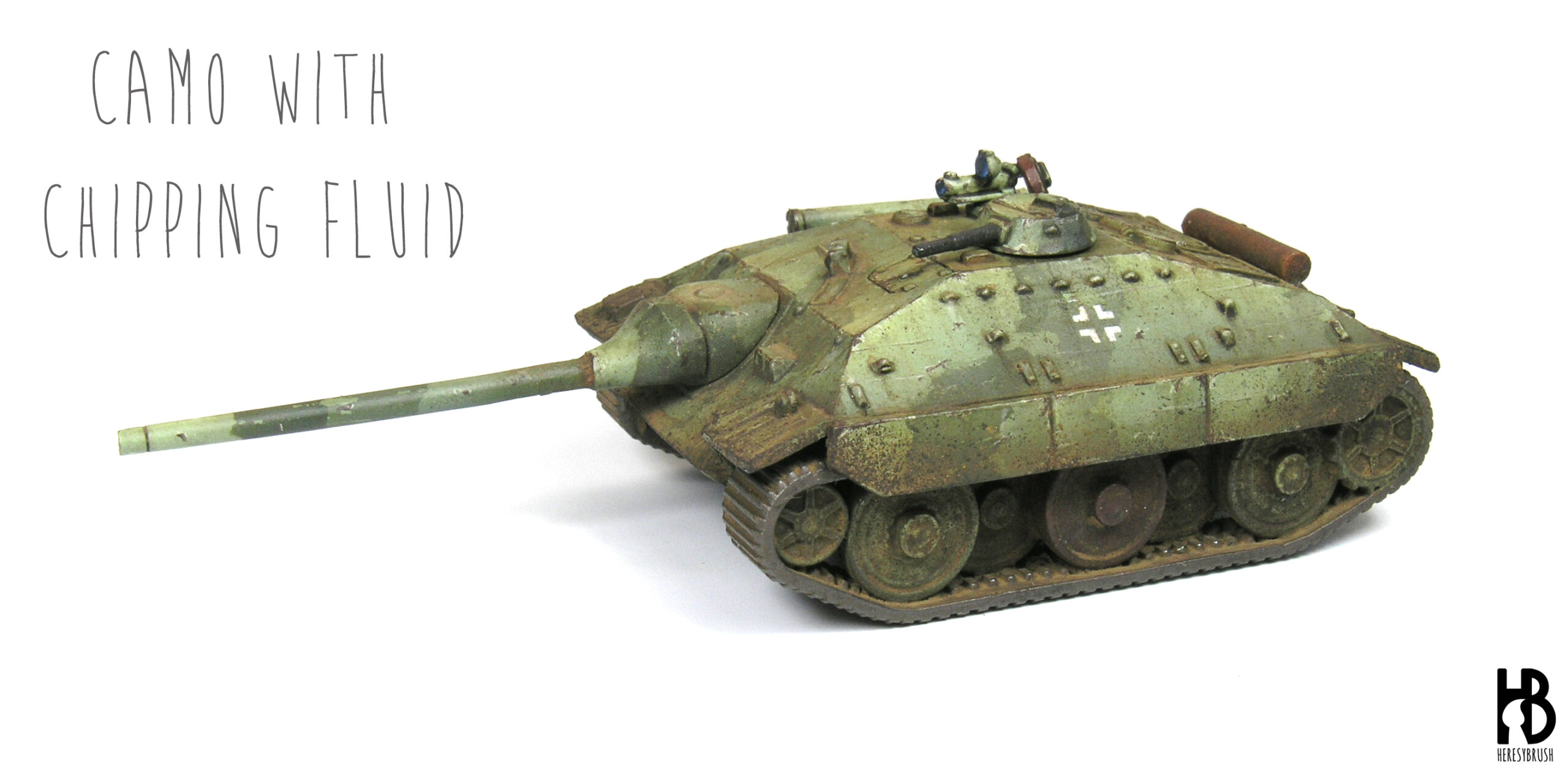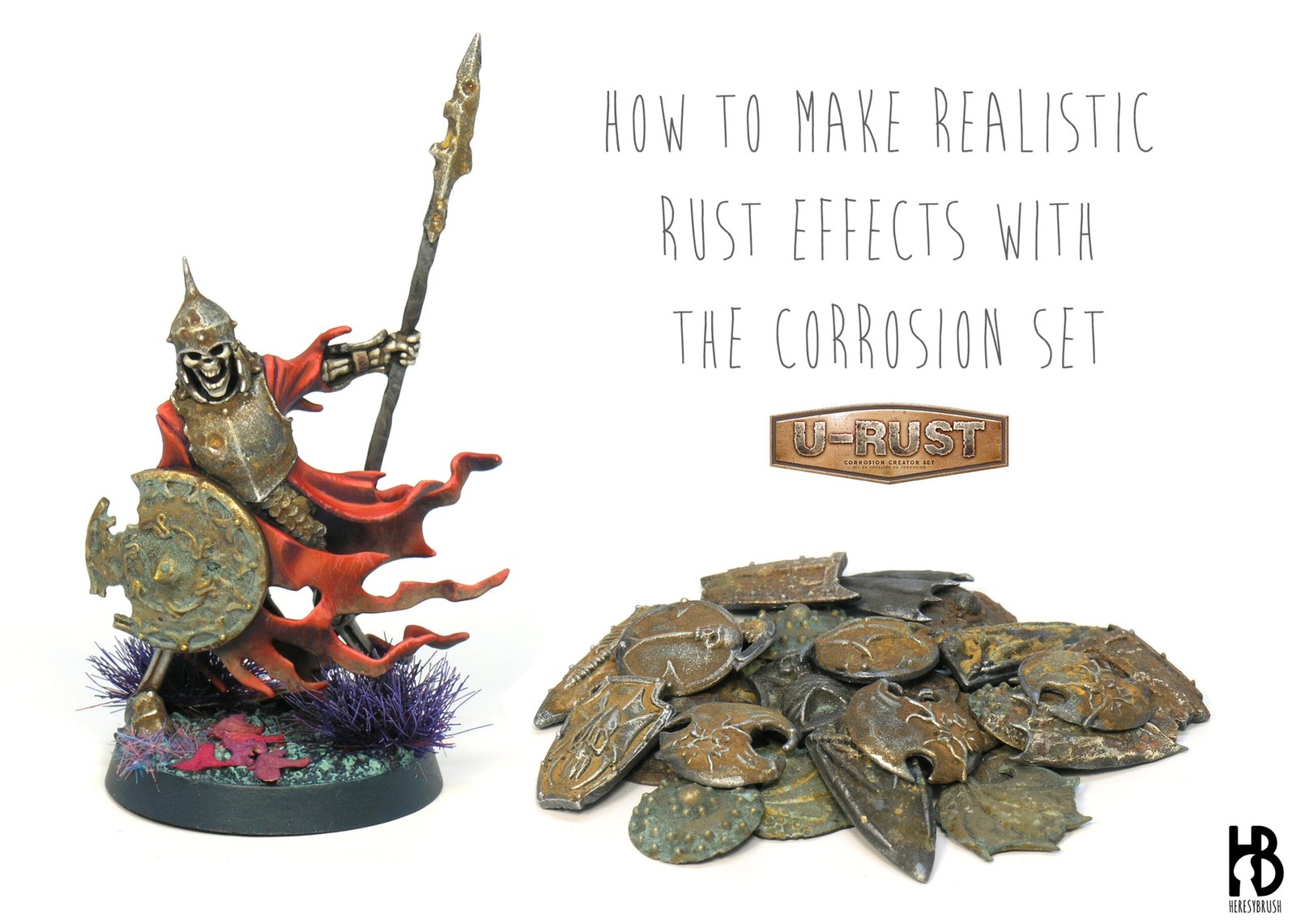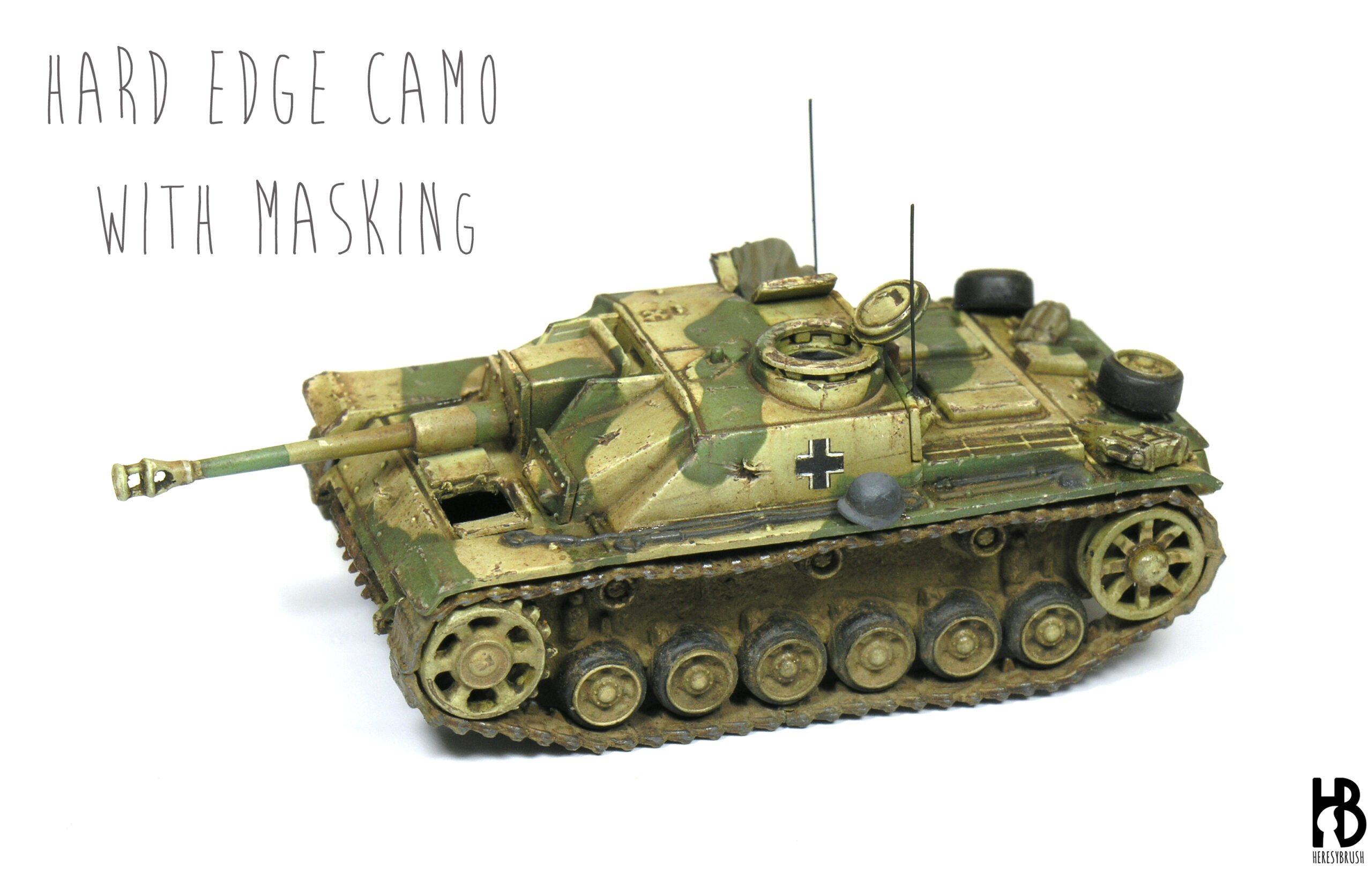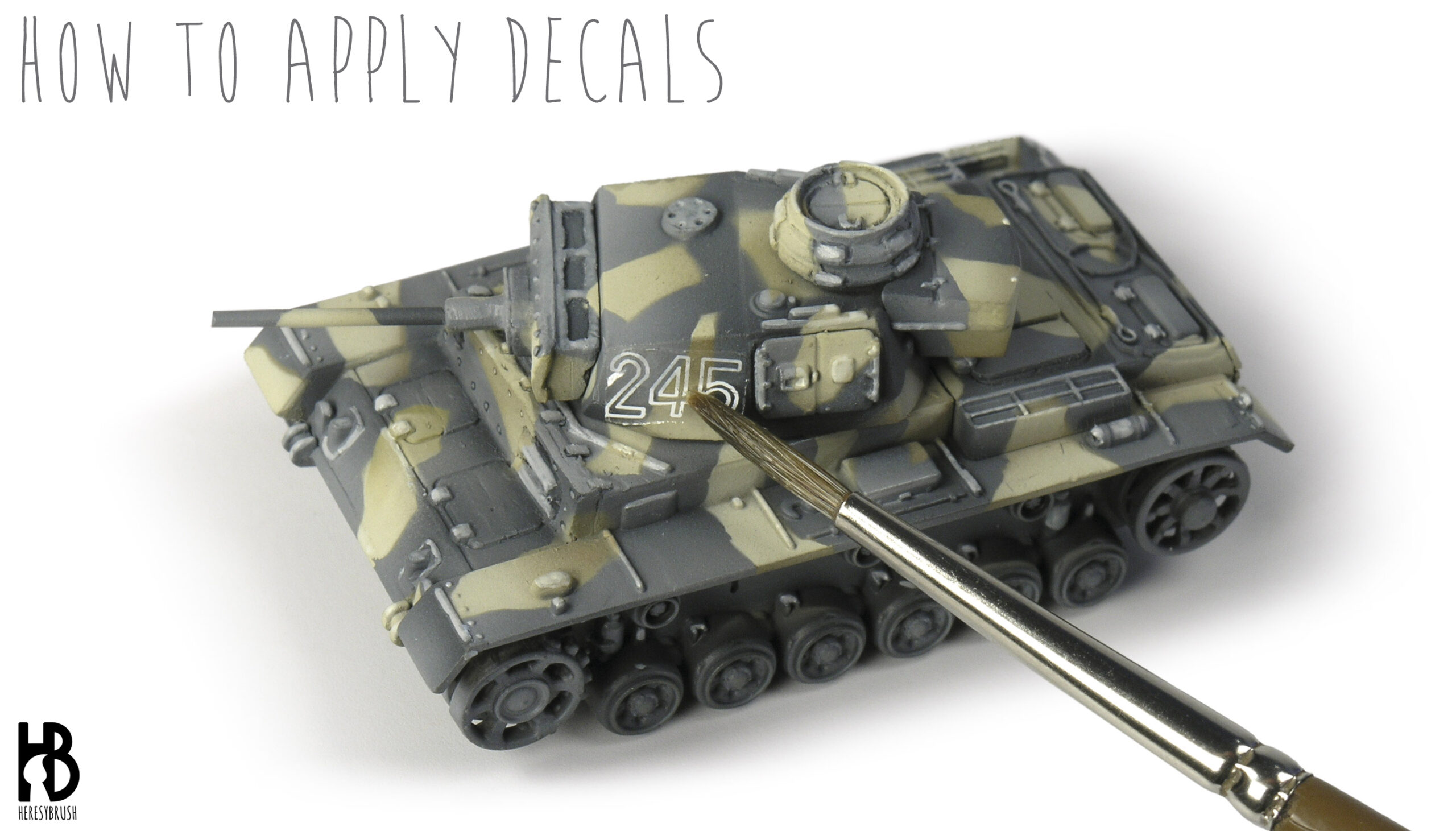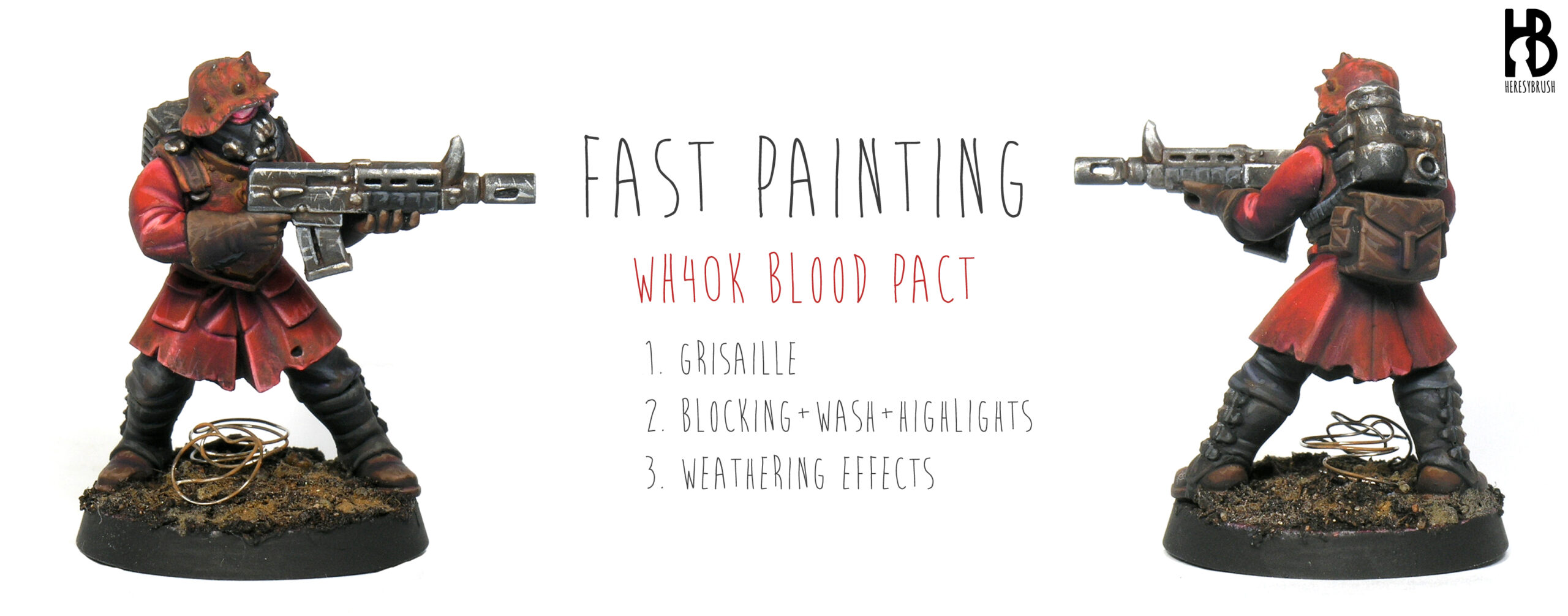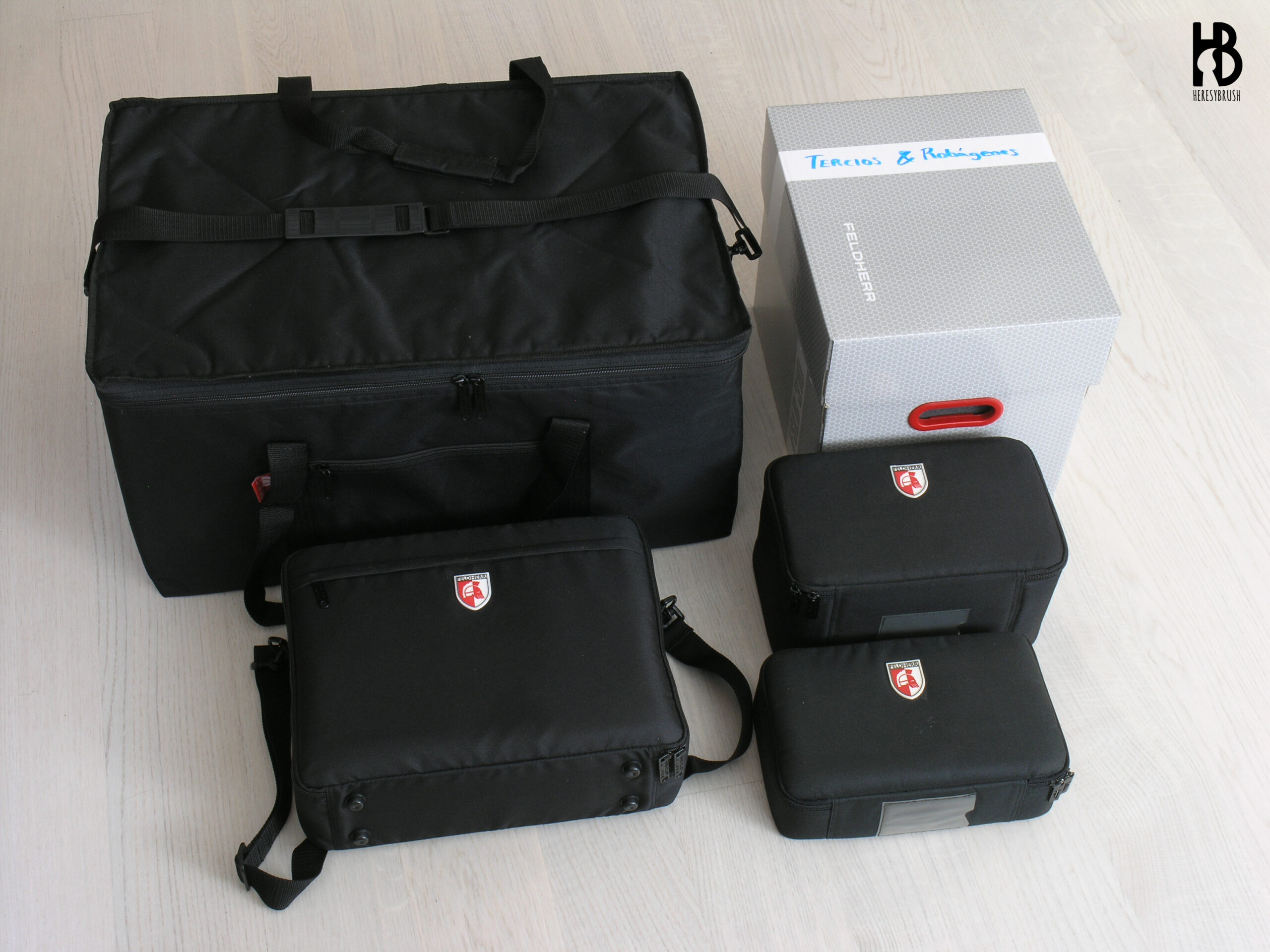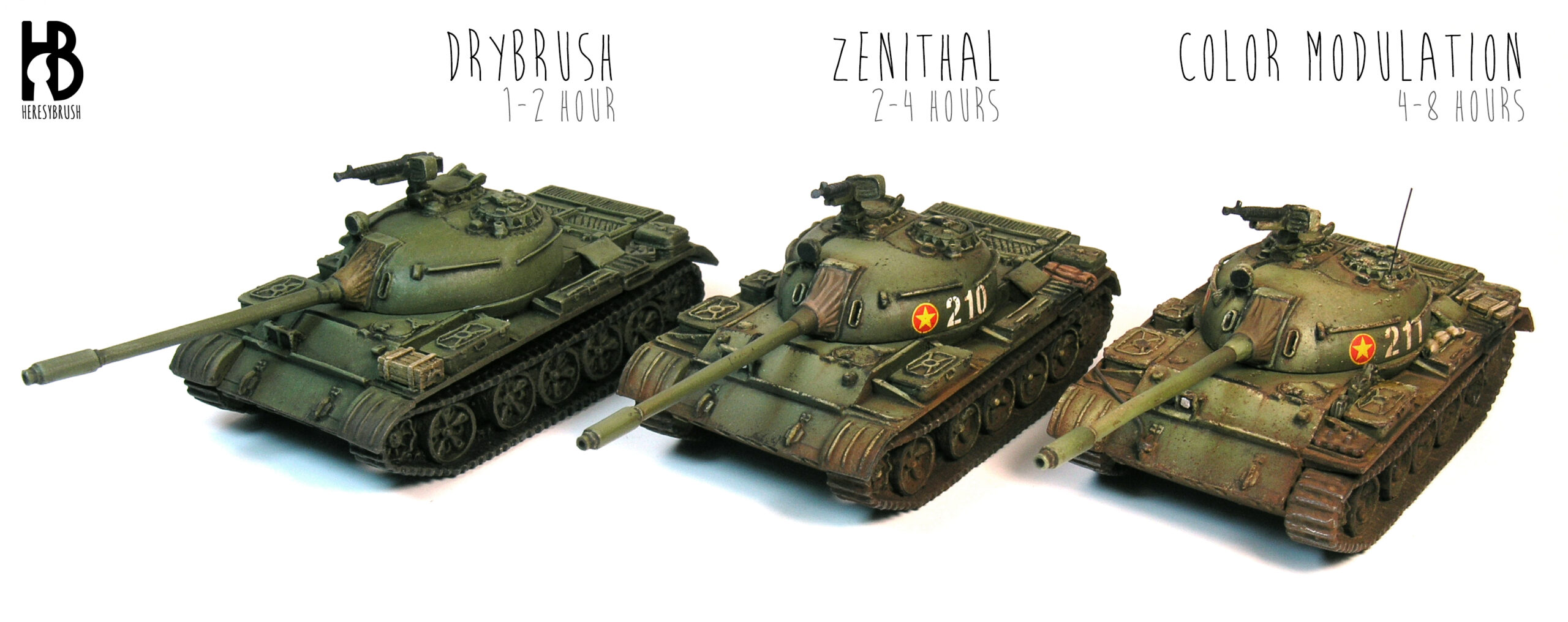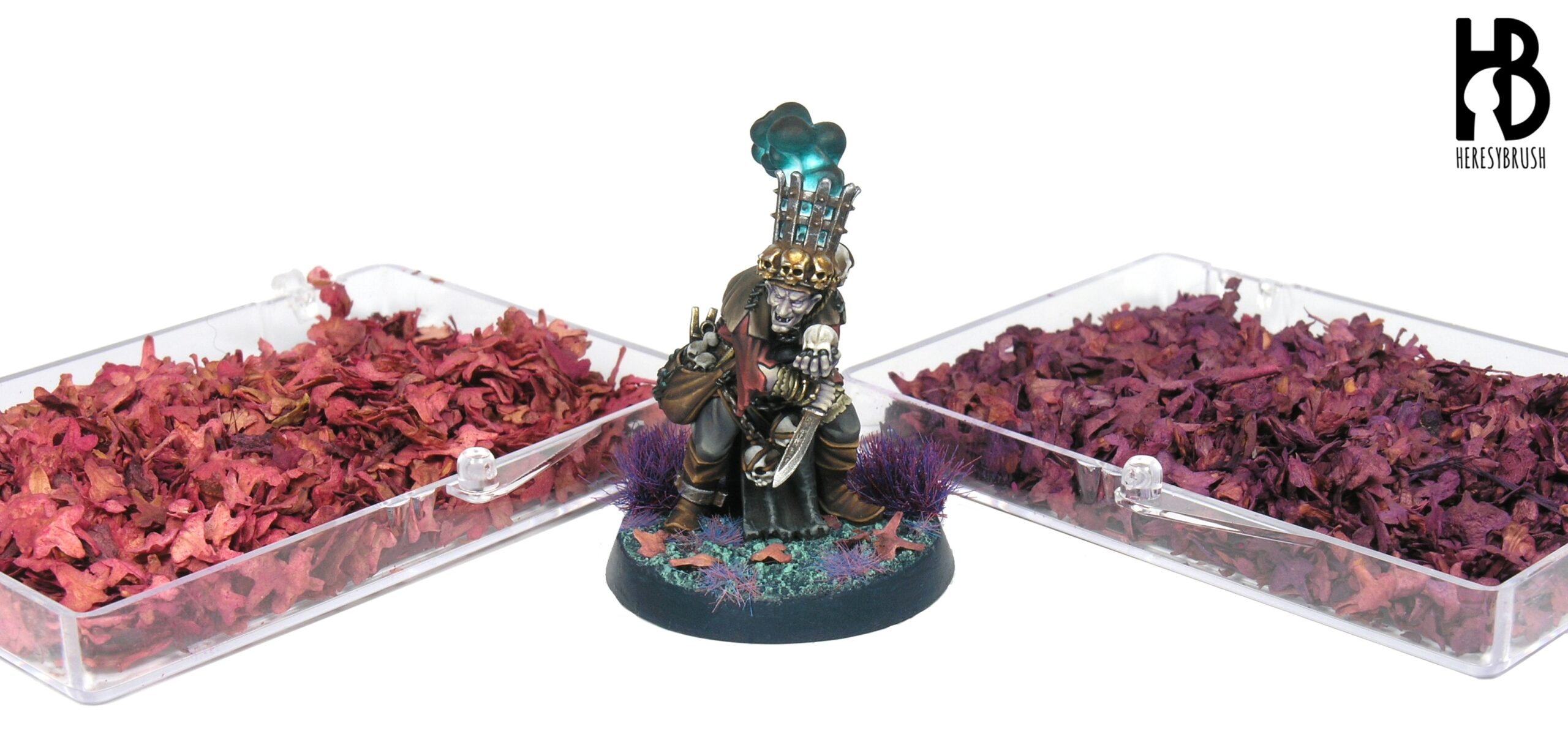This article was published original on 4th of September of 2012. Updated on 4 of April of 2022. In this post we are going to see how to use a Chipping Effects fluid to create worn camouflages where the original base color is exposed. Basically, after painting the base color of the tank, the idea is to apply a thin layer of chipping fluid and on top of this the camouflage. After activating the chipping fluid with water, we will be able to remove small pieces of the camouflage paint applied on top. These Chipping Effects fluids replaces what classically is…
How to make realistic rust effects
Some weathering effects are created rather than painted. This applies to any textured effect, such as mud, snow or rust, among others. Of course, we can try to simulate these by painting them. But it is easier -and more realistic when painting a 3D model- when we create them. In this tutorial I will explore the new corrosion creator set by AMMO, U-Rust, designed to create textured rust effects. I think that this kit was initially meant for dioramas and big scale models, but as a wargamer I was curious to see whether we could also use it to paint small…
How to paint hard edge camouflage with masking putty
This post was originally published on 12th of February of 2011. And it was updated on 30th of January of 2022 (after reading this I feel very old…). In this article we are going to see how to create a hard edge camouflage (a camo with solid edges rather than blurred) using a very simple tool for masking: removable adhesive putty. The masking will cover part of the tank, so that we can paint the remaining uncovered areas with another color in a very defined way. For example, the camo spots. We can use any mounting putties sold everywhere such…
How to apply decals correctly
I continue updating old post in my blog. This time we will discuss how to apply decals on our scale models. Originally published on 16th of August of 2010. Updated on 21st of January of 2022. Decals are a very useful, quick and easy option to add the national and tactic symbols to our scale models and tiny miniatures. However, sometimes the result is spoiled for different reasons: inappropriate adaptation of the decal on irregular surfaces, an unrealistic glossy effect, or even worst, the transparent areas of the decal become greyish (this is called icing). In this article will learn how to avoid these…
Fast painting: Warhammer 40k Blood Pact cultist
In the following article I would like to describe a few options to speed up the painting process of our miniatures for Wargames. The idea underlying fast painting techniques is to use simple and rapid methods to accelerate the work, meaning that we will sacrifice part of the quality. But this does not meant that fast painting techniques are equivalent to paint bad. We will still pay attention to the details, but will focus more on the general looking of the miniature, and more importantly, of the unit or army (after all fast painting techniques evolved to paint a large…
Filters and Washes
In this article I would like to discuss in detail filters and washes, two painting techniques that although apparently similar fulfill very different objectives. This topic deserves its own article as many people mix up what is what. Indeed, to make it even more complicated, quite often these two techniques are confused with two different types of paint (acrylics and enamels). However, filters and washes (painting techniques) can be applied using either acrylics or enamels (types of paint). First, it is important to clarify that we can use two different types of paints on our scale models: water based…
How to store our figures with Feldherr
This post is a little bit different compared with what I normally discuss in the blog, but still it covers a very important part of our hobby: how to transport our painted figures safely and comfortably (for us and for them). Yes, I do not only paint, but I also play! (not as much as I would like, I have to say). I use to keep my miniatures in a showcase with glass doors at home, where they are protected from the dust and I can easily have a look at them if I wish (strangely, I find it very…
Color Modulation in 15mm
We have recently talked about several lighting systems for 15mm scale models (this post). One of these systems or styles is the so-called color modulation that we will discuss in further detail in this article. When painting 15mm tanks we can simply apply the desired color, for example olive green for a Sherman, and then just paint the details. But the results will be likely very flat. Furthermore, the tank will look very dark because small objects, such as our small 1:100 models, reflect less light than bigger size objects, such as the real vehicle. Therefore, it is very important…
Lighting styles in 15mm tanks
I originally published this post seven years ago (in 2014). Since then, I have painted dozens (even hundreds) of small tanks and learnt from my mistakes. Therefore, I decided to update this article adding a few more pieces of knowledge based on my experience. In this article I would like to talk about some of the most popular lighting systems applied on scale models (or at least, how I understand them), with a special focus on small tanks in 15mm or scale 1:100. I will briefly review and compare a few of them. If you like this topic, do not…
How to create leaves for your bases
We have many options and product to decorate our bases or terrain, including the classical electrostatic grass fibers or the popular grass tufts. However, some of these products might be very pricey, specially if we are looking for small leaves fitting the scale of our miniatures. In this tutorial we will see how we can use a natural product as a cheap (free) and very effective alternative to simulate leaves in our bases or terrain. The necromancer illustrating this guide is a lovely model from Citizens of the Old World (Heresylab). The key ingredient are birch tree seeds. Although you can…
